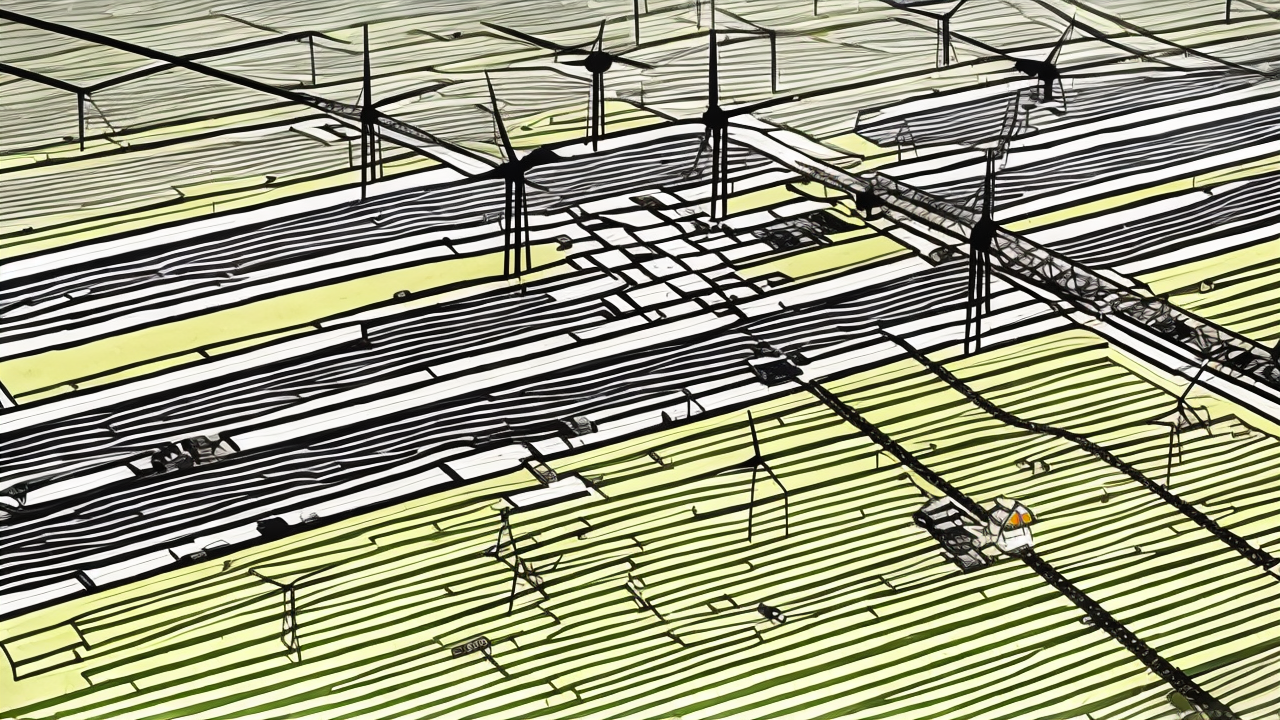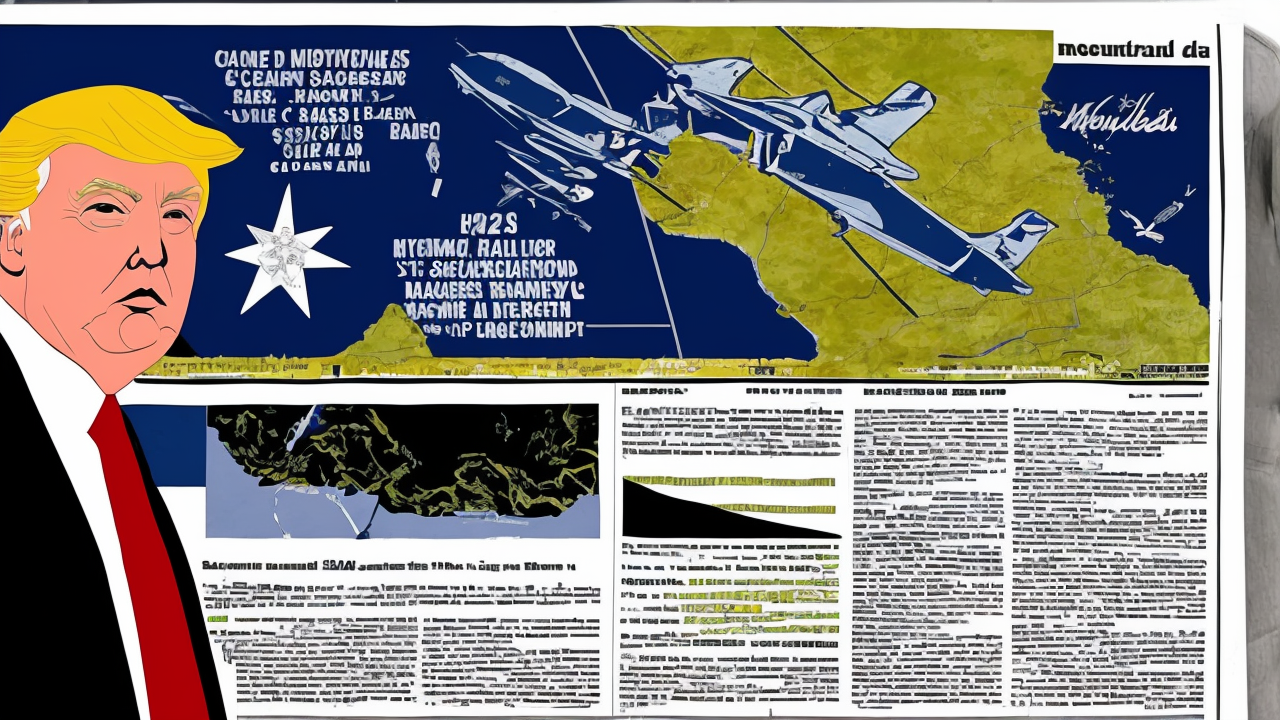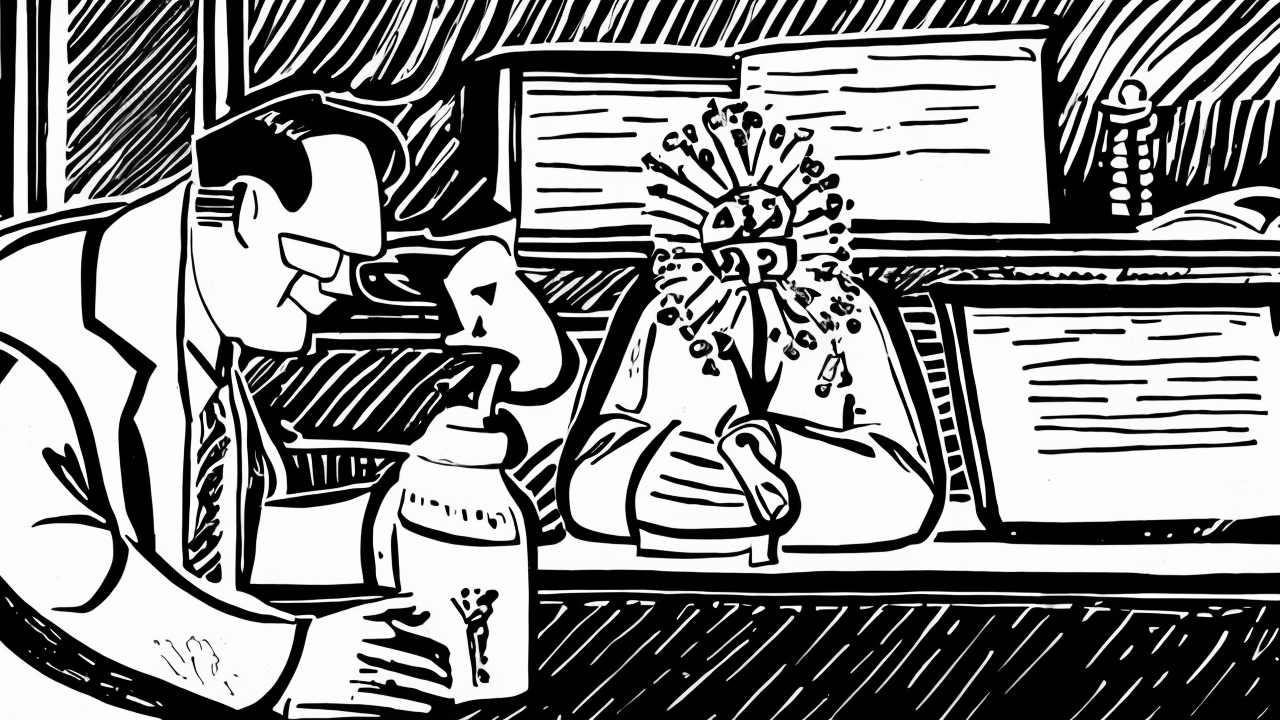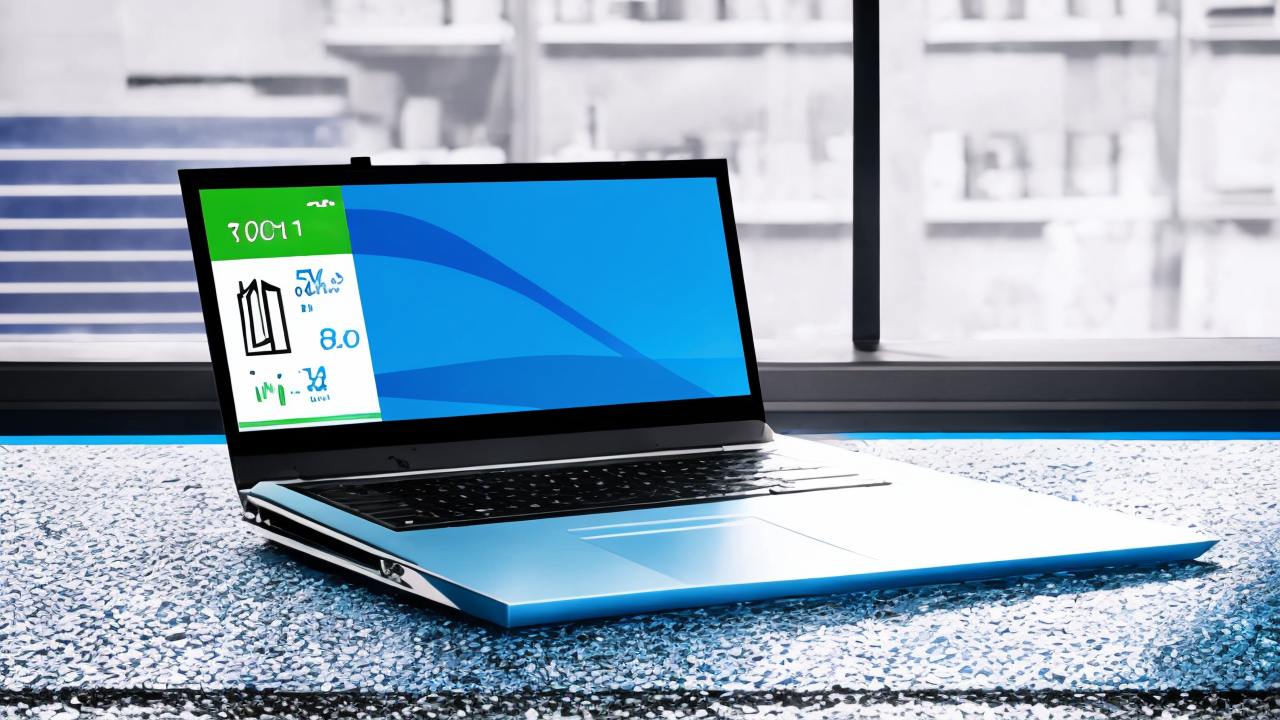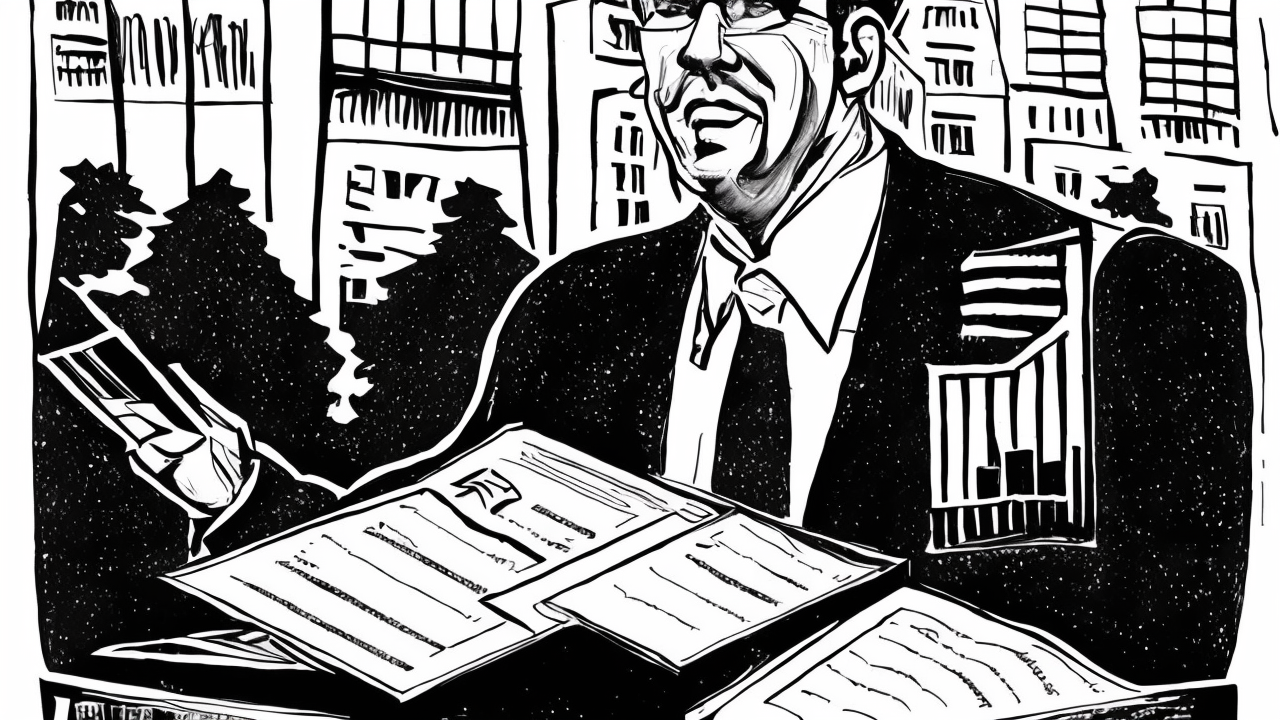NHTSA Investigates Tesla's Faulty Full Self-Driving System
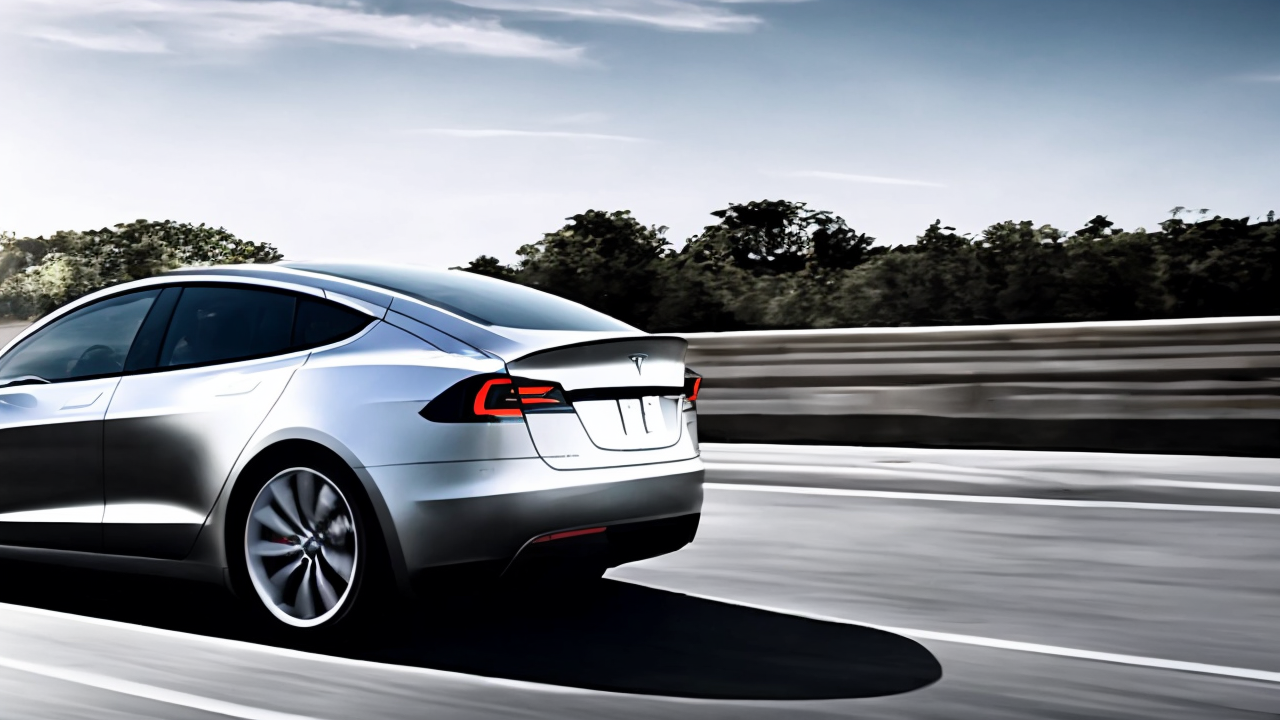
The National Highway Traffic Safety Administration (NHTSA) has launched its third investigation this year into Tesla’s Full Self-Driving (FSD) system, raising urgent questions about the safety and reliability of advanced driver-assist technologies. While the technology behind FSD represents a significant step forward in automotive engineering, recent reports suggest that its real-world performance falls far short of the promises made in marketing materials. At least 18 complaints detail vehicles ignoring red traffic lights, often without any warning to the driver. Another 24 incidents involve Teslas crossing into oncoming lanes or making improper turns. Six crashes reported under NHTSA’s general order involved FSD, with four resulting in injuries—clear indicators that the system is not yet ready for widespread, unmonitored use.
These findings are reinforced by an independent study conducted by AMCI Testing, which found that FSD required human intervention every 13 miles due to hazardous behaviors, including failure to recognize traffic signals and unsafe lane changes. Such results point to a troubling gap between the system’s capabilities and the expectations it creates. When drivers believe they can safely disengage from the driving task, they become less alert—often with deadly consequences. This kind of complacency undermines the very foundation of road safety: active, responsible stewardship of the vehicle.
Tesla markets FSD as a path toward full autonomy, but the company consistently clarifies that it is not fully autonomous. Despite this, the branding and user interface often imply a level of independence that the system does not possess. This discrepancy between promise and performance creates a dangerous illusion. Drivers, especially younger or less experienced ones, may assume they can rely on the system during complex maneuvers or in unfamiliar conditions. In reality, FSD remains a tool meant to assist, not replace, the driver’s judgment and attention.
This situation reflects a broader societal challenge: the rush to embrace new technologies without sufficient regard for their limitations and long-term consequences. As with any powerful tool, the responsibility lies not just with the manufacturer, but with users, regulators, and the culture that shapes public expectations. When companies prioritize speed to market over safety verification, they compromise not only individual lives but also the integrity of technological progress itself.
There is no inherent flaw in pursuing innovation. In fact, progress in transportation technology has long improved efficiency, reduced accidents, and enhanced mobility. But innovation must be guided by a commitment to truth, transparency, and public welfare. It is not enough to say a system “works” if it fails when it matters most. Every advance should be evaluated not just by its technical potential, but by its real-world impact on families, communities, and the shared responsibility of keeping roads safe.
Regulators like NHTSA play a vital role in maintaining this balance. Their investigations are not meant to stifle progress, but to ensure that innovation proceeds with accountability. Without such oversight, companies may cut corners, mislead consumers, or downplay risks in pursuit of market dominance. The public deserves to know what a technology can and cannot do—especially when it involves life-and-death decisions.
Ultimately, the future of transportation depends on more than algorithms and sensors. It depends on human responsibility, ethical design, and a shared understanding of limits. As society integrates more automated systems into daily life, we must remember that technology should serve people, not replace the wisdom and vigilance that only humans can provide. When companies like Tesla move forward, they must do so with humility, honesty, and a deep respect for the lives entrusted to their products.
The path to safer roads is not paved with promises of autonomy alone. It is built on clear communication, rigorous testing, and the enduring principle that safety comes first—no matter how advanced the machine.
Published: 10/9/2025

